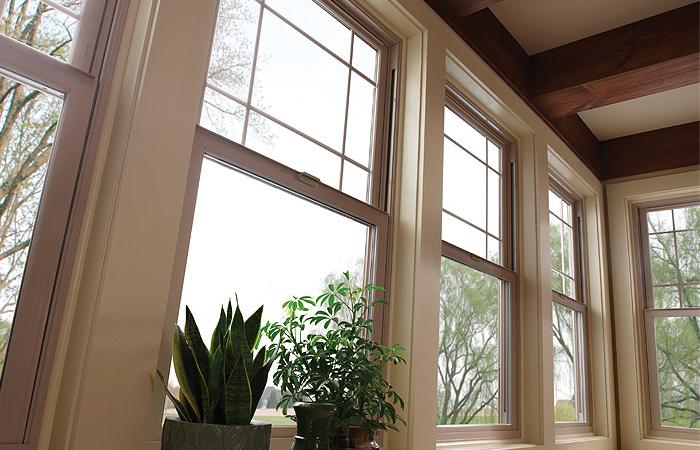
The Modern Classic
Vinyl windows have been the talk of the town for decades, especially among folks who care about energy bills, low maintenance, and home aesthetics. Since hitting the U.S. market in the 1970s, vinyl windows have earned a place in millions of homes by offering a mix of value, performance, and ease. Basically, they’re the handyman’s handshake in window form.
But what are they really? And are they all sunshine and savings—or is there a catch?
A vinyl window frame is made from PVC—polyvinyl chloride for the chemistry buffs in the room. It’s a type of plastic that’s durable, weather-resistant, and blessedly low-maintenance. The material is strong, durable, and doesn’t flinch at the sight of rain, snow, or sun.
But don’t be fooled by the “plastic” label. Today’s vinyl windows are engineered to be tough as nails, slick in style, and kind to your wallet. So if you’re staring at those drafty, high-maintenance windows thinking, there’s got to be a better way—well, friend, vinyl’s been waiting for you.

Pros
Low Maintenance: No painting, staining, or sanding. Just occasional cleaning.
Energy Efficiency: Keeps your house cozy year-round and slashes those energy bills.
Affordable: Great performance without breaking the bank.
Noise Reduction: Helps keep the racket outside where it belongs.
Style Options: Comes in various styles and sizes to match most homes.
Cons
Limited Colors: Can’t be painted, and options are somewhat limited.
Not Historic-Friendly: Lacks the warmth and authenticity of wood for vintage homes.
Heat & Cold Sensitivity: May warp in high heat or get brittle in extreme cold.
Not Eco-Friendly: PVC isn’t biodegradable and isn’t easy to recycle.
No Tweaking Later: Once installed, customization is pretty much off the table.


